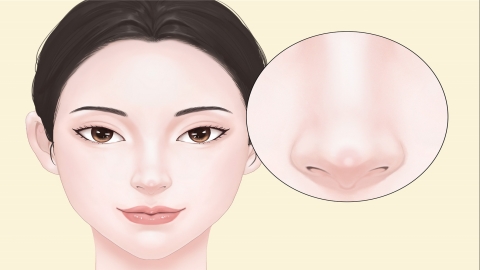Is it good to use expanded polytetrafluoroethylene (ePTFE) implants for rhinoplasty?
Generally, "expanded nasal padding" refers to expanded rhinoplasty, which is usually considered better. Expanded rhinoplasty involves implanting expanded materials to alter the shape of the nasal bridge and tip, achieving both cosmetic and corrective effects on the nose. The typical reference price for expanded rhinoplasty ranges from 8,000 to 20,000 yuan per session, with visible improvements generally noticeable after 2-3 months. Postoperative symptoms may include localized pain and swelling. Detailed analysis is as follows:

The texture and feel of expanded materials used in rhinoplasty are similar to those of normal nasal tissue. Compared to materials like silicone, expanded materials are less likely to cause light transmission, resulting in a more natural postoperative appearance. Additionally, the recovery period after expanded rhinoplasty is relatively short, with basic swelling subsiding generally within 3-5 weeks. The microporous structure of expanded materials facilitates the ingrowth of host tissue, allowing for tight integration with surrounding tissues and reducing the risk of displacement.
However, expanded materials require highly sterile surgical conditions; otherwise, there is a high risk of infection. Other potential risks associated with rhinoplasty include swelling and bruising, implant malposition, and rejection reactions.
Prior to surgery, a comprehensive physical examination should be conducted to ensure overall health and the absence of infectious diseases or other inflammatory conditions such as folliculitis, acne, or rhinitis. Additionally, patients should avoid wearing glasses and engaging in strenuous activities early after surgery, to prevent nasal trauma that could lead to implant displacement.









